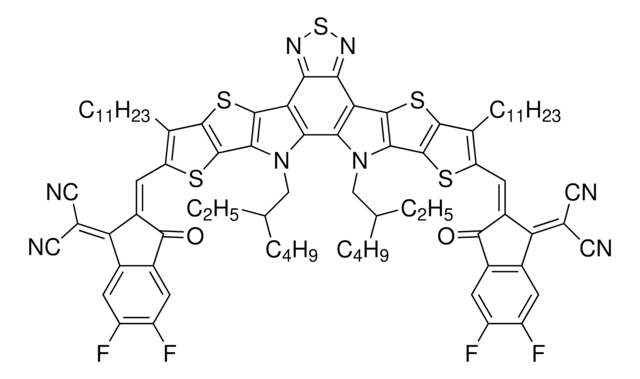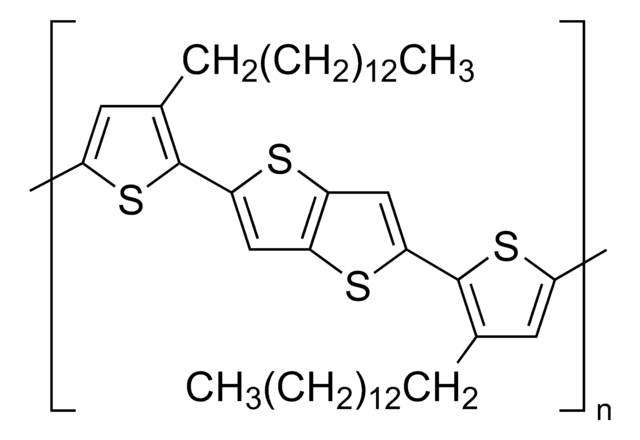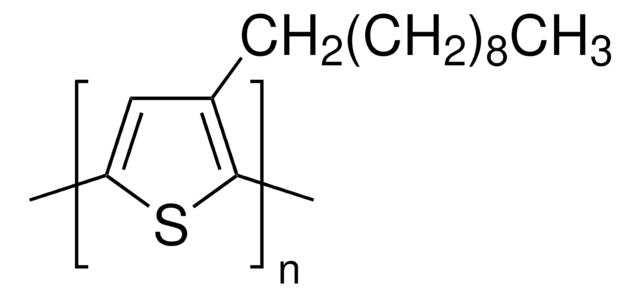510823
Poly(3-hexylthiophene-2,5-diyl)
regiorandom
Sinônimo(s):
P3HT
About This Item
Produtos recomendados
Nível de qualidade
cor
red
pf
238 °C
solubilidade
chloroform, methylene chloride, toluene, and THF: soluble
fluorescência
λex 420 nm; λem 551 nm in chloroform
Desempenho do dispositivo OPV
ITO/NiO/P3HT/PC61BM/LiF/Al
ITO/PEDOT:PSS/P3HT:PC61BM (1:08)/Al
cadeia de caracteres SMILES
[s]1c(c(cc1Br)CCCCCC)Br
chave InChI
NSYFIAVPXHGRSH-UHFFFAOYSA-N
Categorias relacionadas
Descrição geral
Aplicação
Embalagem
Informações legais
Rieke is a registered trademark of Rieke Metals, Inc.
Palavra indicadora
Warning
Frases de perigo
Declarações de precaução
Classificações de perigo
Eye Irrit. 2 - Skin Irrit. 2 - STOT SE 3
Órgãos-alvo
Respiratory system
Código de classe de armazenamento
11 - Combustible Solids
Classe de risco de água (WGK)
WGK 3
Ponto de fulgor (°F)
Not applicable
Ponto de fulgor (°C)
Not applicable
Equipamento de proteção individual
dust mask type N95 (US), Eyeshields, Gloves
Escolha uma das versões mais recentes:
Já possui este produto?
Encontre a documentação dos produtos que você adquiriu recentemente na biblioteca de documentos.
Os clientes também visualizaram
Artigos
The union of distinct scientific disciplines is revealing the leading edge of Nanotechnology.
The application of conducting polymers at the interface with biology is an exciting new trend in organic electronics research.
Polymer Semiconductors for Intrinsically Stretchable Organic Transistors
While dye sensitization as the basis for color photography has been accepted for a very long time,1 attempts to use this principle for the conversion of solar light to electricity generally had resulted only in very low photocurrents, below 100 nA/cm
Global Trade Item Number
| SKU | GTIN |
|---|---|
| 510823-1G | 4061826240236 |
Nossa equipe de cientistas tem experiência em todas as áreas de pesquisa, incluindo Life Sciences, ciência de materiais, síntese química, cromatografia, química analítica e muitas outras.
Entre em contato com a assistência técnica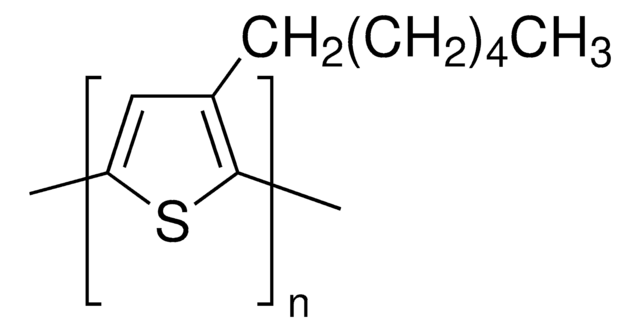
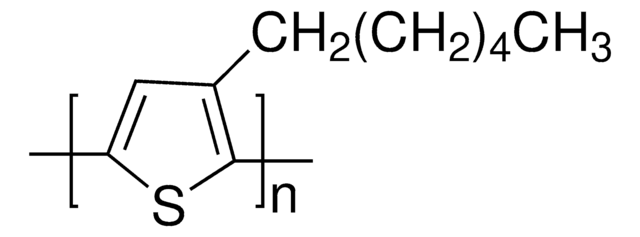
![[6,6]-Phenyl C61 butyric acid methyl ester ≥99%](/deepweb/assets/sigmaaldrich/product/structures/359/221/d990c746-0960-4c69-bf76-fe09b193824d/640/d990c746-0960-4c69-bf76-fe09b193824d.png)
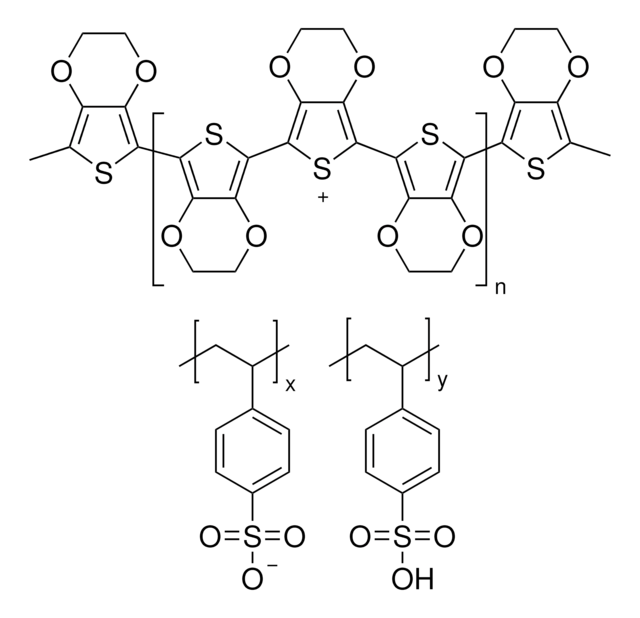
![[6,6]-Phenyl C71 butyric acid methyl ester, mixture of isomers 99%](/deepweb/assets/sigmaaldrich/product/structures/716/624/9fb9f2f0-ae99-429f-8d3a-b12267976a4d/640/9fb9f2f0-ae99-429f-8d3a-b12267976a4d.png)
